The 1958 Packard Hawk didn’t shy away from attention—and that was kind of the point. Born in a time when the Packard name was struggling, this car was an effort to stand out and prove it still had something to say. It borrowed parts from other cars but shaped them into something that grabbed eyes. Whether it was the aggressive styling, the powerful engine, or the way it handled, the Hawk had character. Here are ten things that make this car worth talking about, even decades later.
A Unique Chapter in Packard’s History
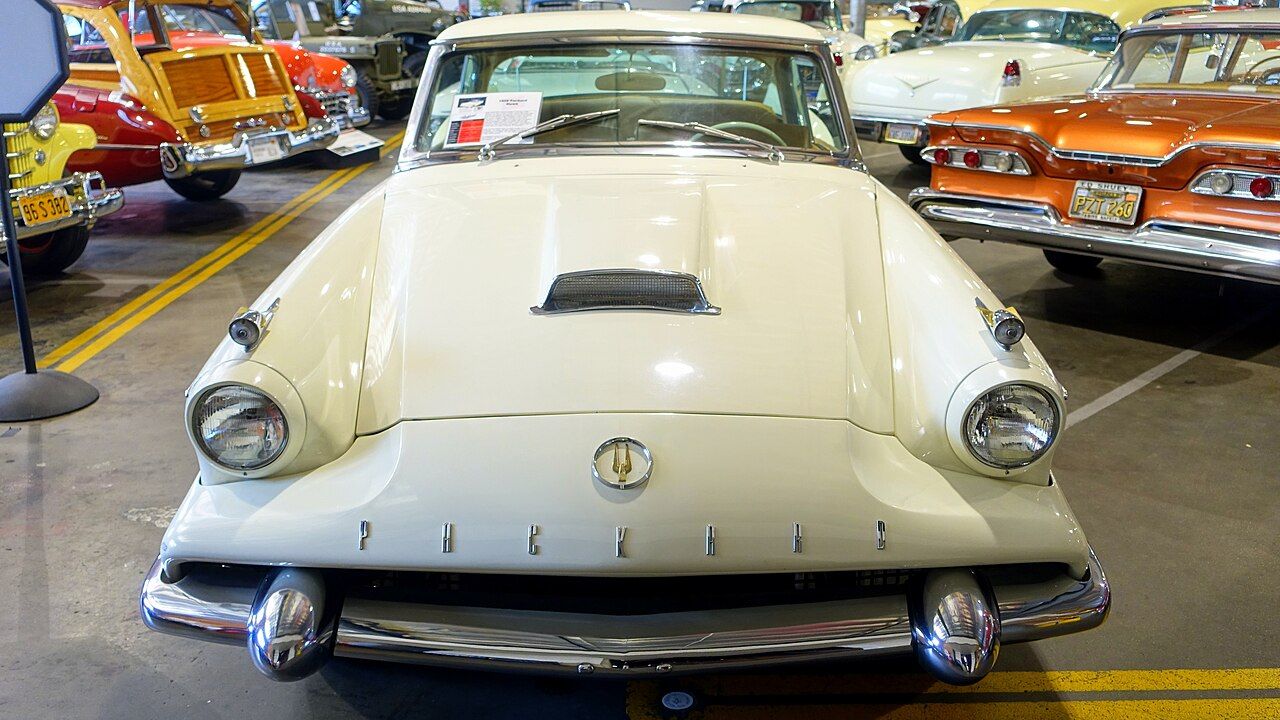
By 1958, Packard was no longer the independent luxury brand it once was. The Hawk was created during the final years of the Packard name, essentially as a rebranded Studebaker Golden Hawk with some upgrades. It was a last-ditch attempt to keep the name relevant. While it shared many components with Studebaker, the Packard Hawk’s styling and branding aimed to give it a more upscale, aggressive vibe.
This makes the Hawk a fascinating snapshot of a company trying to hold onto prestige while facing a rapidly changing market. It wasn’t just a car—it was a statement of survival.
Styling That Commands Attention
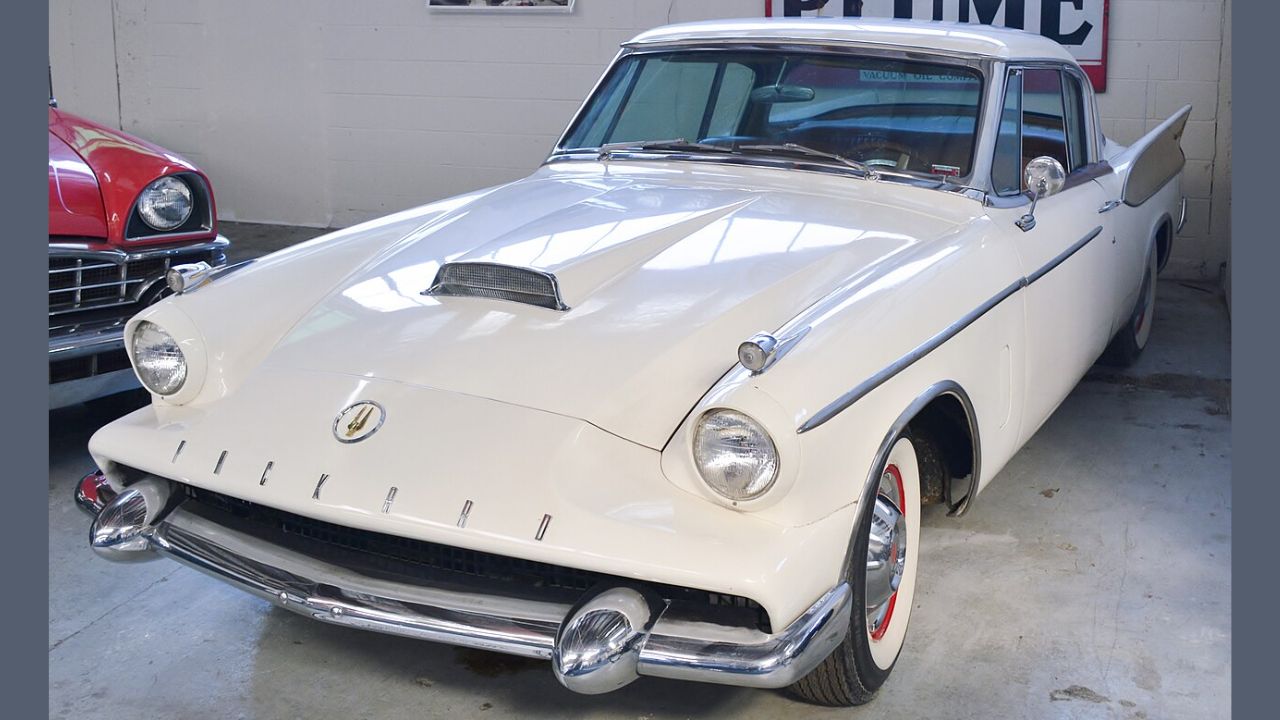
The Hawk’s look was sharp and muscular, with a long hood and a short rear deck. The front grille was aggressive and featured a prominent chrome “beak” that echoed earlier Packard designs but with a modern twist. The headlights were tucked under partial covers, giving the car a purposeful, focused front end.
On the sides, a character line runs cleanly from the front fender back to the tail, emphasizing the car’s aerodynamic intention. It’s a design that says “notice me,” no question about it.
Powered by the Packard 352 V8
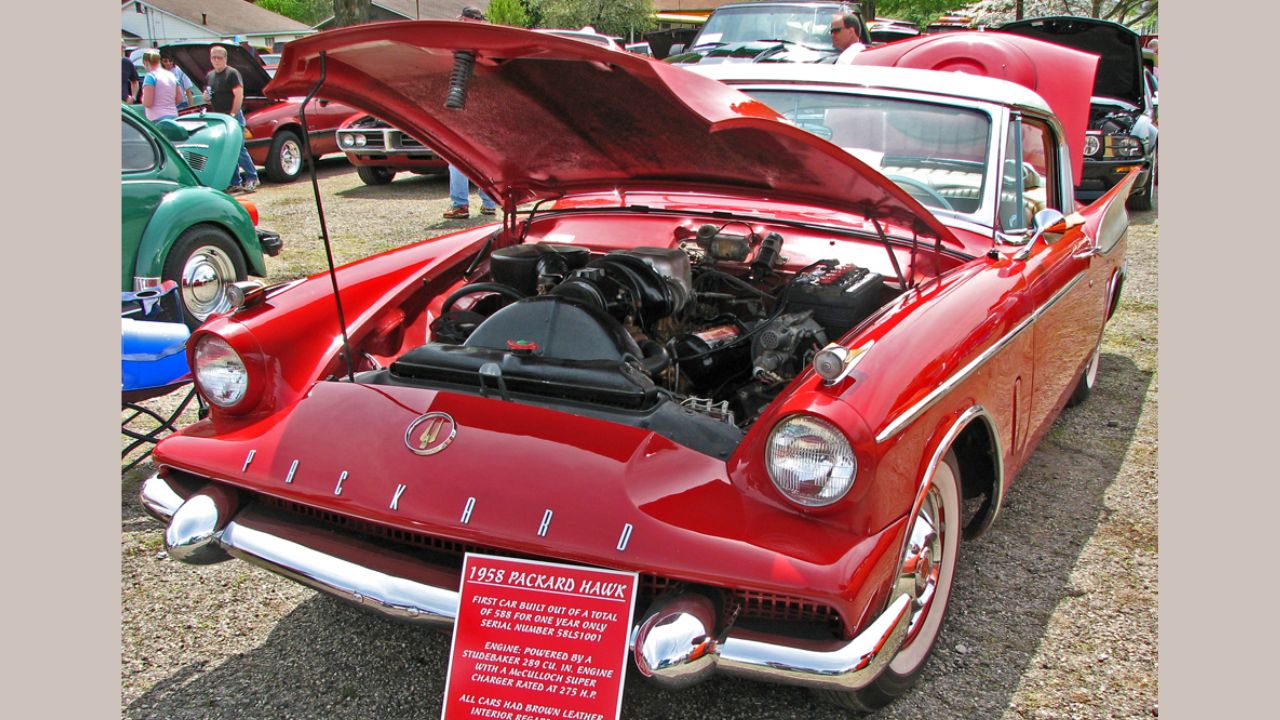
Under the hood sat Packard’s 352 cubic inch V8, good for 275 horsepower. While not the biggest engine in the market, it was tuned for decent torque and smooth delivery. Paired with a three-speed automatic transmission, it offered a driving experience that balanced power and ease.
This V8 was one of the last true Packard engines produced, so it’s a reminder of the brand’s engineering roots even as it borrowed parts from Studebaker elsewhere.
A Limited Production Run Adds Rarity

Only about 588 Packard Hawks were built in 1958, making them rare compared to other cars of the era. This limited number means the Hawk is not something you’ll see every day, which adds to its presence when it does show up.
Because it was a low-production model with mixed parentage, surviving examples vary a lot. Finding one that’s original or restored to factory specs can be a challenge.
The Interior: Sporty but Comfortable
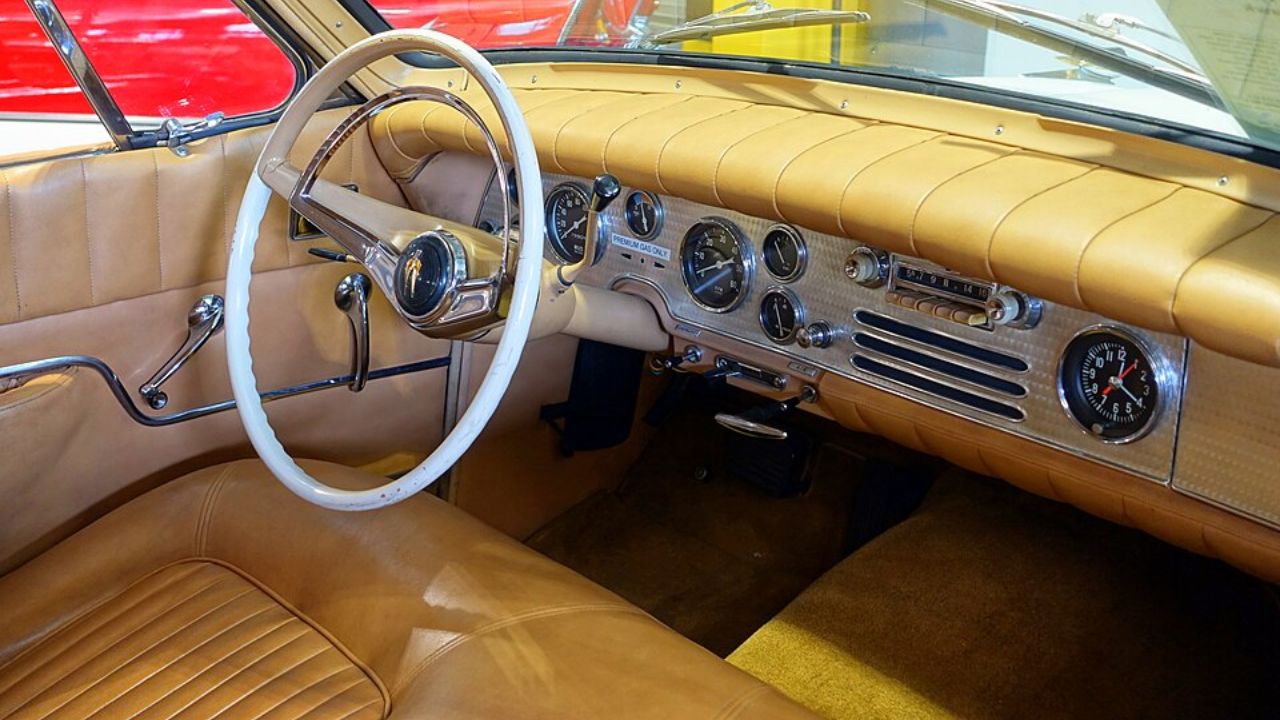
Inside, the Packard Hawk mixes sportiness with comfort. The seats were upholstered in vinyl with patterned inserts, and the dashboard had a straightforward layout with big, easy-to-read gauges. The steering wheel was thin and styled to feel agile, reflecting the car’s sporty aspirations.
While not as luxurious as earlier Packards, the Hawk’s interior was designed to feel like a proper grand tourer rather than a basic runabout.
Handling That Felt Alive for Its Time
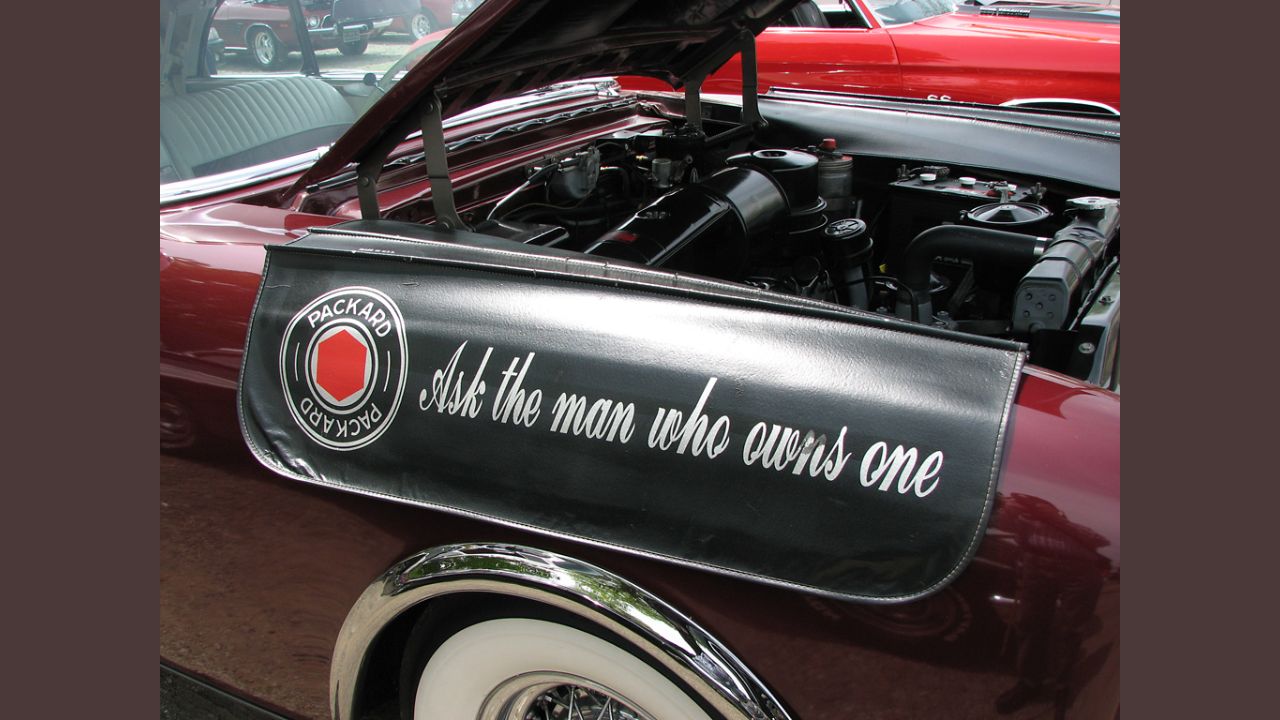
Thanks to its relatively light weight and independent front suspension borrowed from Studebaker, the Packard Hawk handled better than many full-size cars of the late ’50s. It had enough grip and responsiveness to keep drivers engaged, especially with its taut chassis setup.
It wasn’t a sports car by modern standards, but for a big American coupe of its era, the Hawk offered surprisingly lively handling.
The Hawk’s Distinctive Tailfins

Like many cars from the late ’50s, the Packard Hawk sported tailfins, but these were more restrained than what you’d see on Cadillac or Chrysler models. They gave the rear a subtle lift without overwhelming the overall shape.
The rear lights were integrated neatly into the fins, maintaining the clean lines rather than distracting from them.
A Marketing Challenge
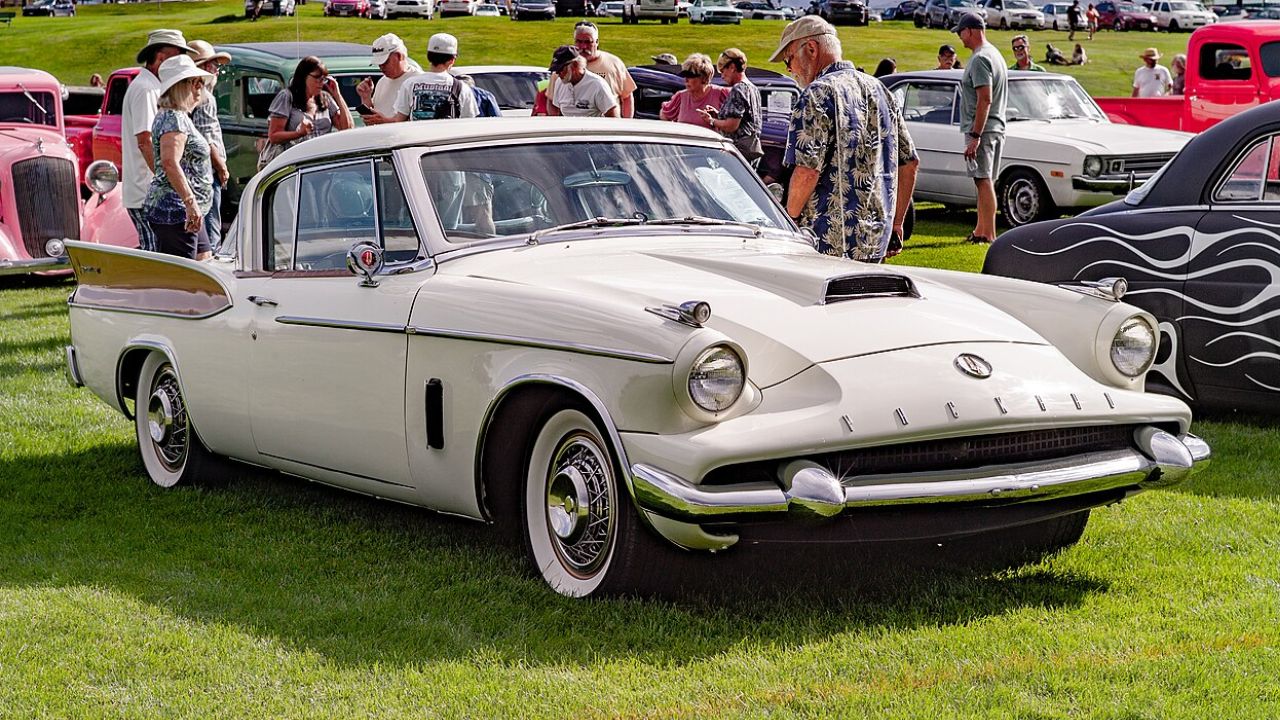
The Packard Hawk faced a tough sell. Packard dealers were fewer than before, and the car’s hybrid nature made it harder to categorize. It was too sporty for traditional Packard buyers, too upscale for Studebaker customers.
That awkward positioning meant the Hawk never found a large audience, but today that odd place in history adds to its intrigue.
Power Features Ahead of the Curve
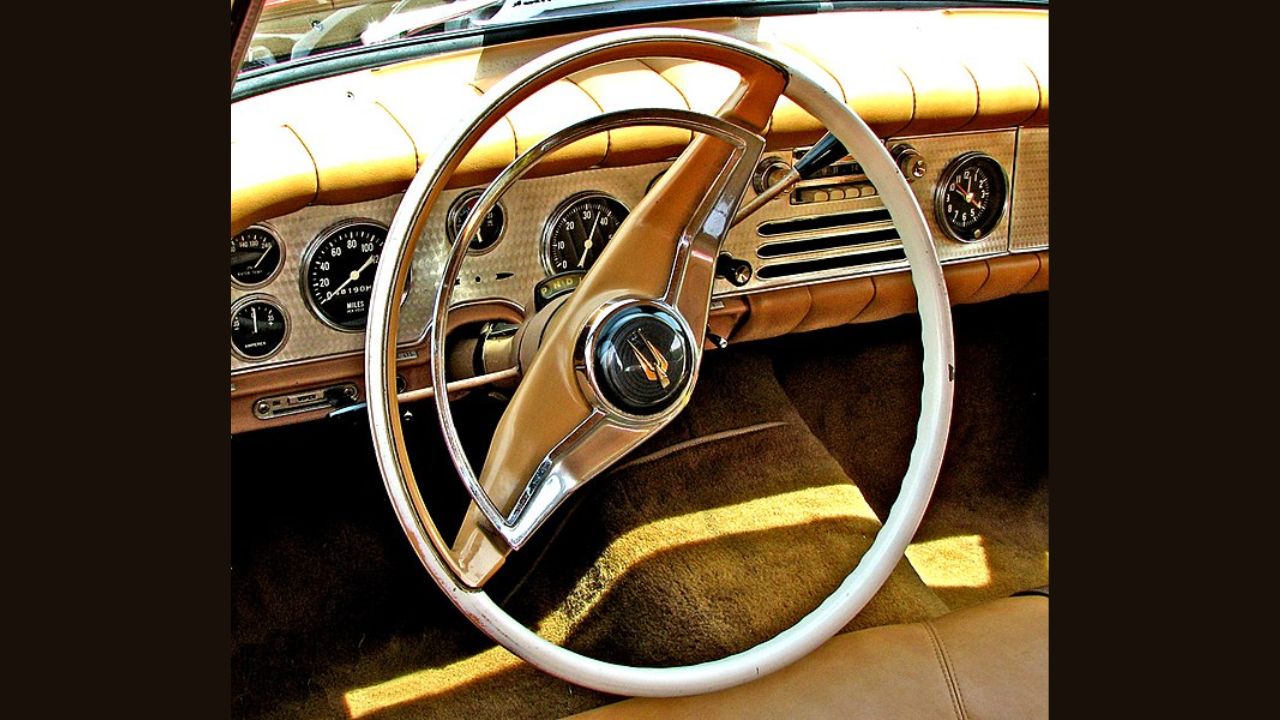
The Hawk offered optional power steering and power brakes, which helped manage its size and weight on the road. These features made it easier to drive, especially in city traffic or parking situations.
Offering these options in 1958 showed that Packard was trying to keep pace with competitors who were making driving less of a chore.
A Final Effort Before the End of an Era
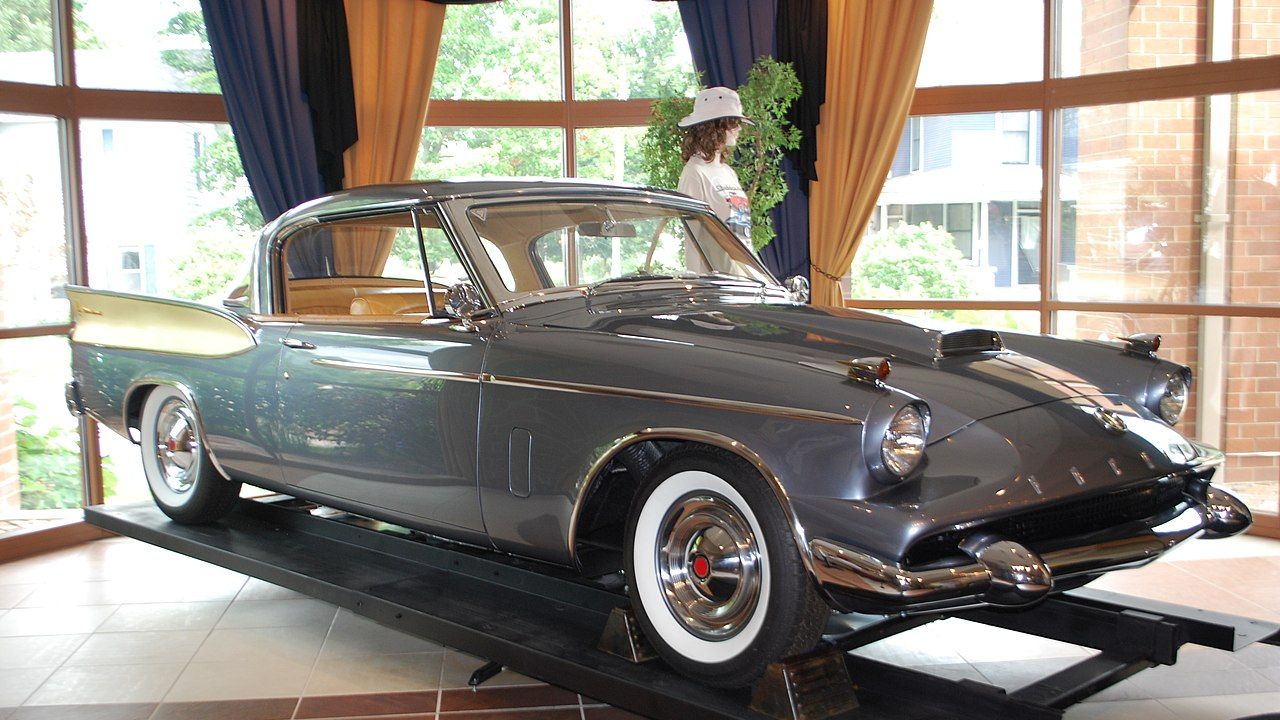
The Packard Hawk represents one of the last chapters of the Packard name, which disappeared soon after. It captures a mix of old and new—heritage engineering paired with fresh styling and borrowed technology.
That combination makes it stand out today as a car that refused to quietly fade away. Even if it didn’t save the brand, it left a mark that’s still worth noticing.
Like Fast Lane Only’s content? Be sure to follow us.
Here’s more from us:
*Created with AI assistance and editor review.

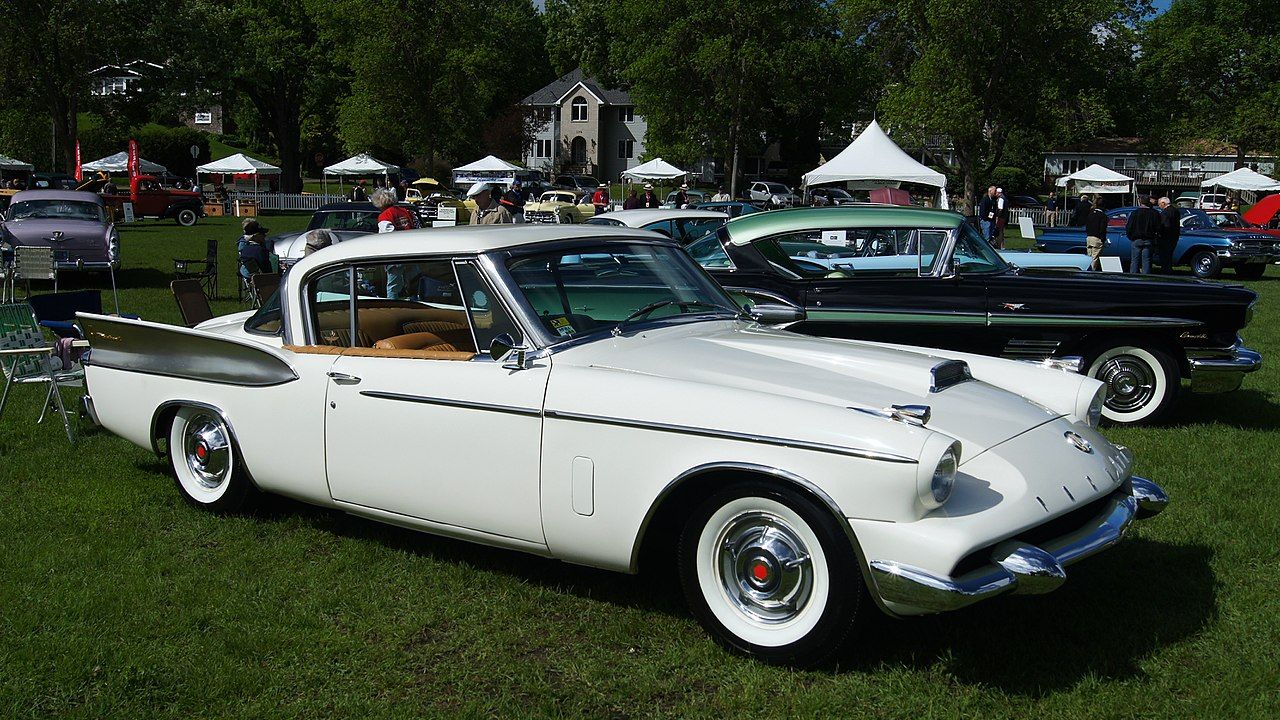
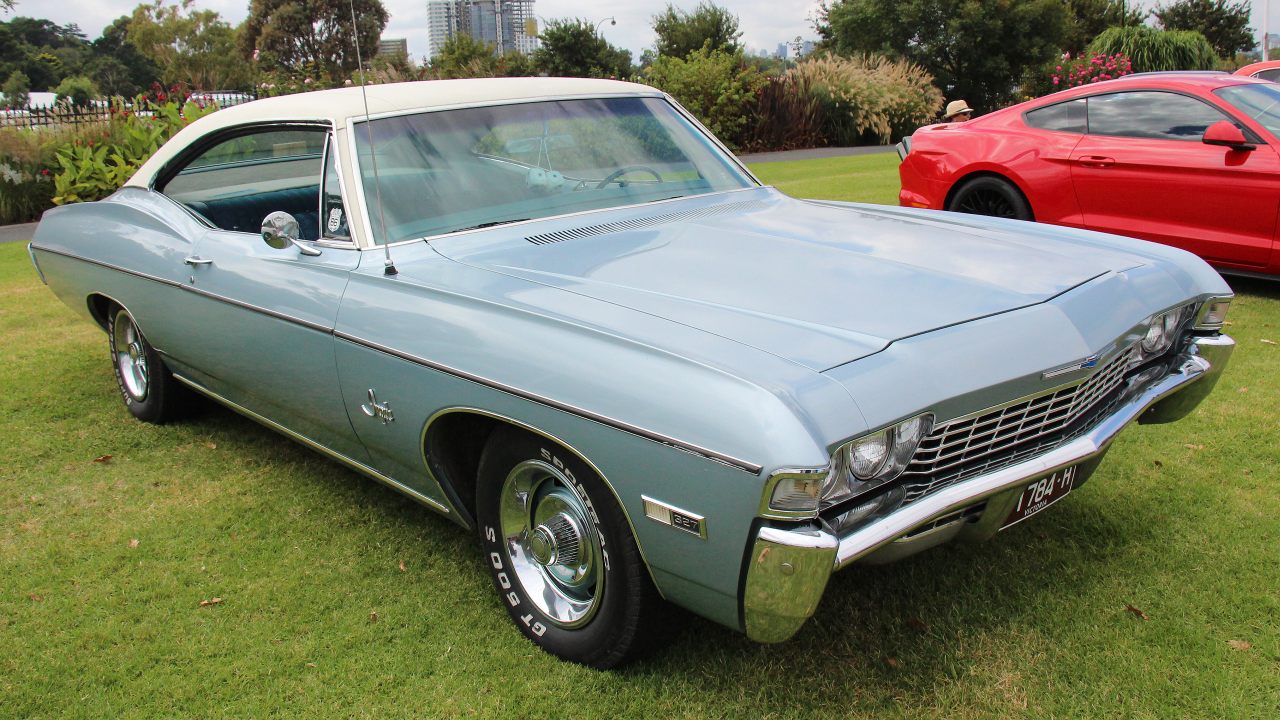
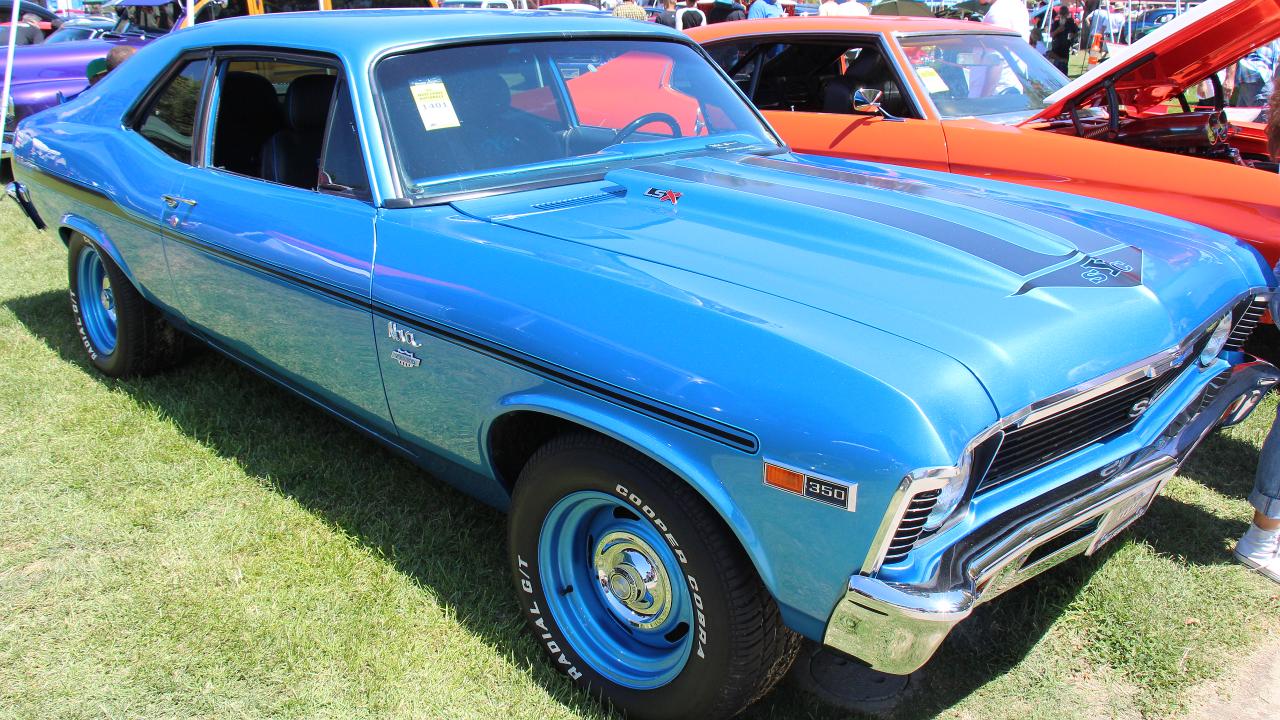
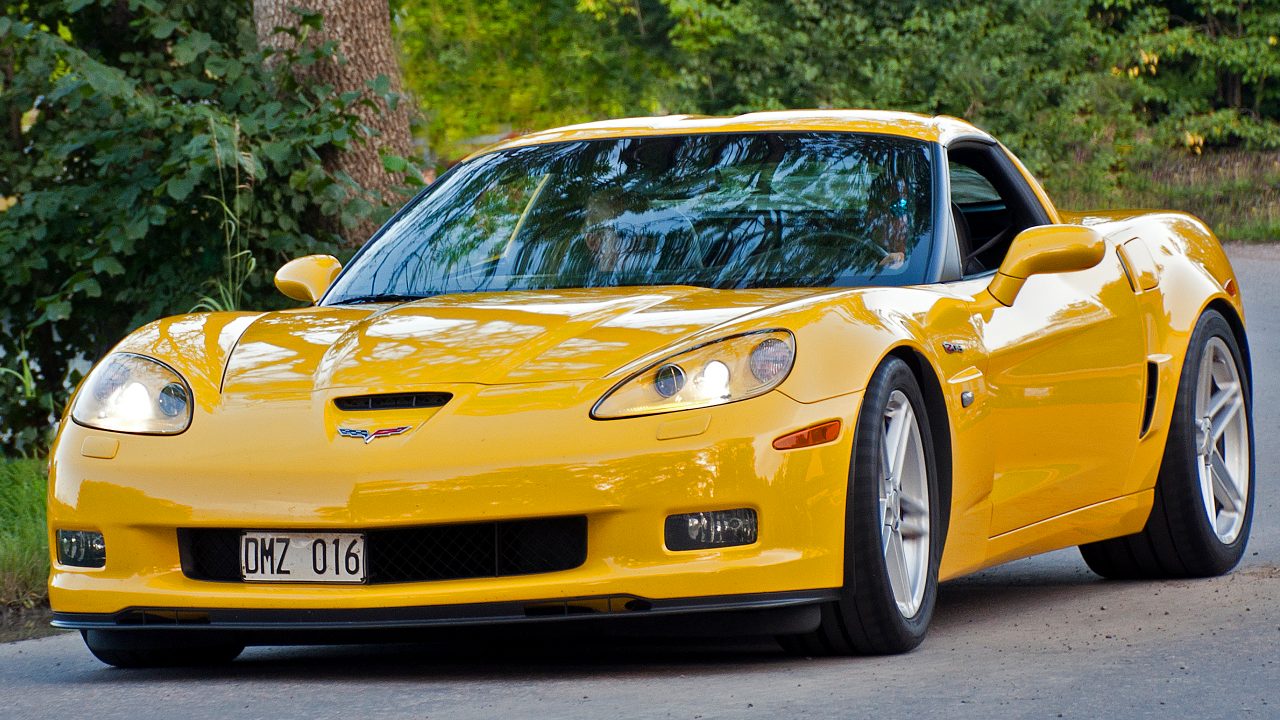
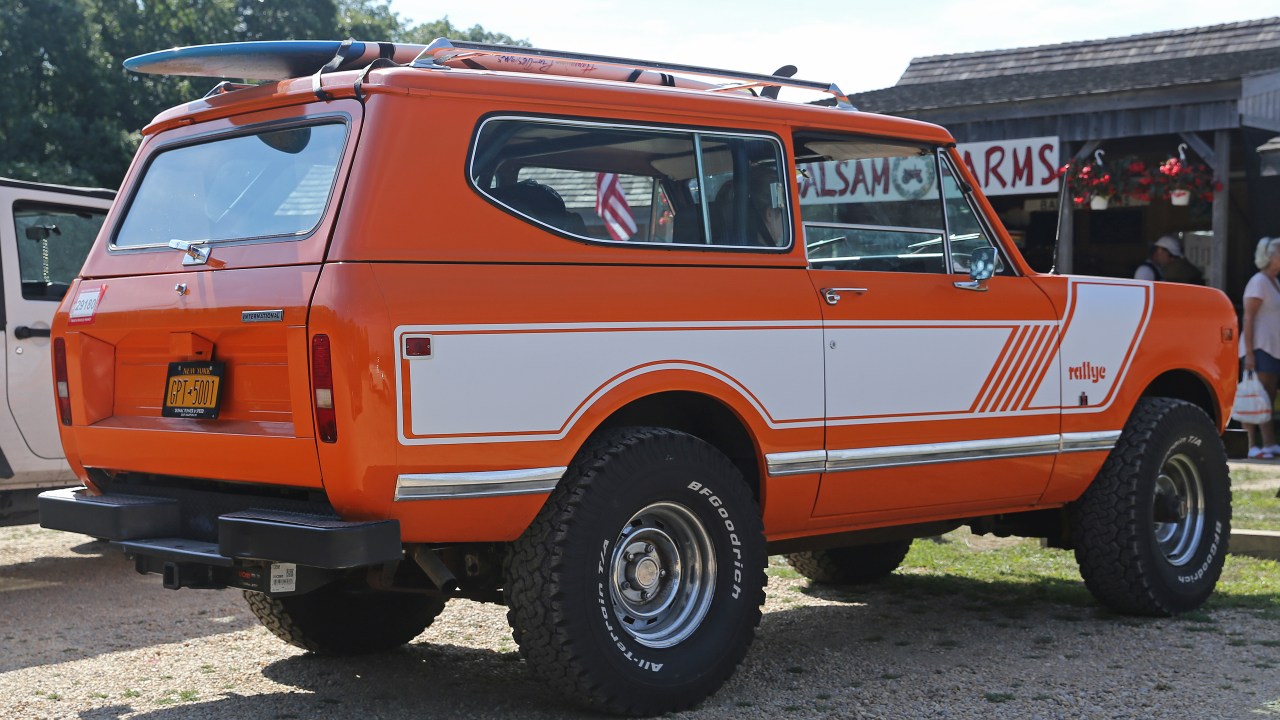
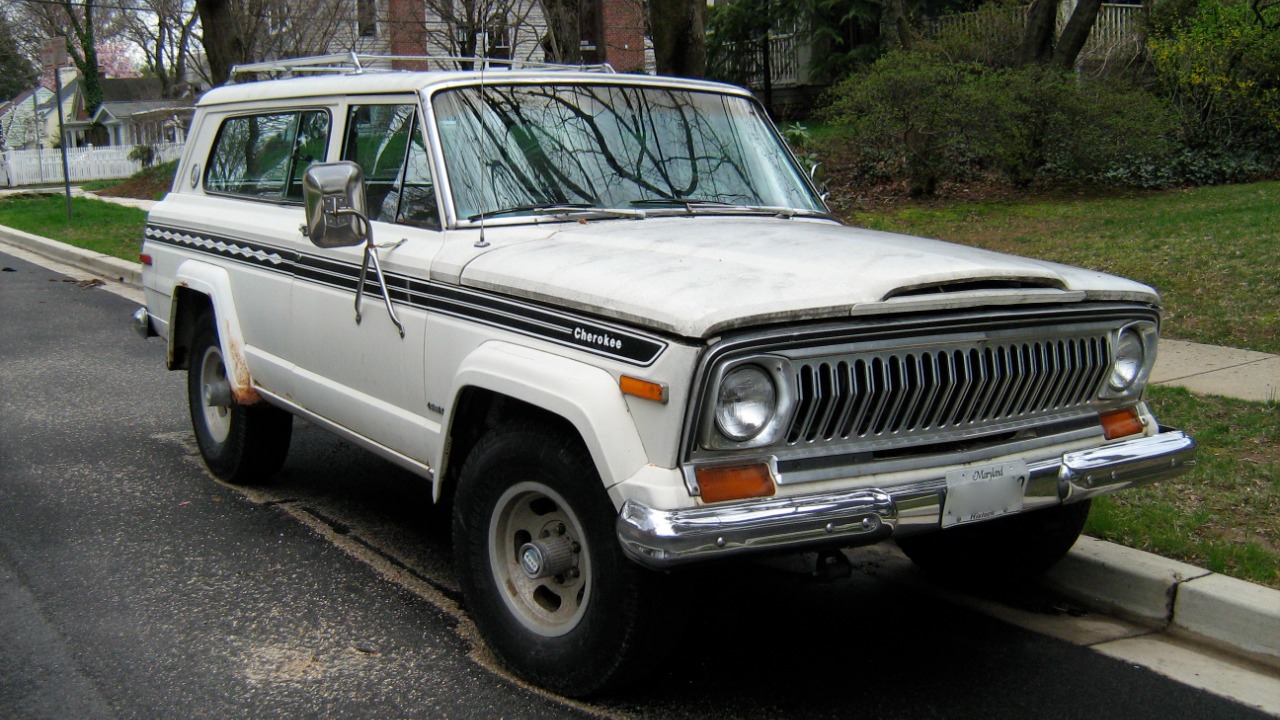
Leave a Reply